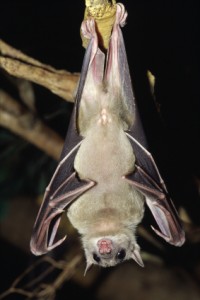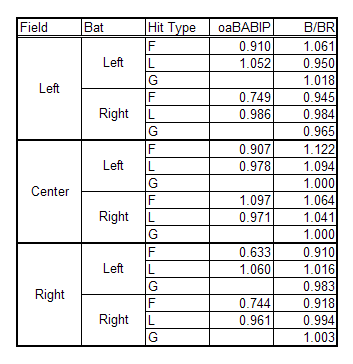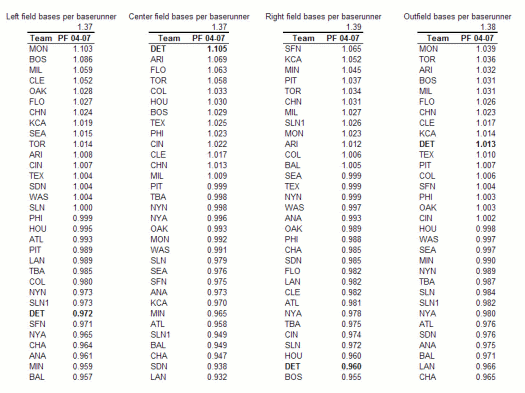Early in the season during the time of the great losing, there were numerous complaints about the Tigers approach at the plate. They were going up their swinging early and swinging often. I didn’t totally buy into the theory because the pitches per plate appearance were in line with league norms. But we didn’t know whether or not they were really chasing more pitches. But thanks to the folks at Fangraphs we now have a handle on this information.
Just this week they started to report out stats related to plate discipline. We now know how often players swing at pitches out side of the strike zone (O-Swing%) versus how often they swing at pitches in the zone (Z-Swing%). And how often they make contact with said pitches.
I brought in the Tigers data through April 29th and added the pitches per plate appearance and the percentage of time players swung at the first pitch. These data are found on the individual player pages at Baseball Reference. The results as well as some league norms for a point of reference are below:

Some things to note:
- Granderson, Inge, Guilen, Rodriguez and Jones are all seeing more pitches per plate appearance than at any point in their career.
- Pudge, Polanco, and Sheffield, are all swinging at the first pitch less than they have at any point in their careers – and there are some serious track records to work with. For good measure you can add Thames to the list as well.
- Inge, Santiago, and Jones rates of swinging at the first pitch are less than half of their career rates at this point.
- And yes, Pudge is still chasing more than the league norm. But understand that in the last 3 years his O-Swing% were 37%, 38%, and 41% so this is considerable improvement.
The take away is that everybody in the lineup (and even on the bench) is either meeting or exceeding their career levels of patience. And in terms of first pitch swinging there are some significant, significant changes underway. It’s still early in the season and these numbers could certainly, and I’d expect in many cases, to normalize. But if the team has a quick inning here or there or seem to swing at a few too many first pitches or pitches out of the strike zone, know that they’ve still been better than most in this regard.
 With this afternoon’s loss to the Blue Jays the Tigers record in day games now stands at a remarkable 0-10. A quick check of the splits reveals that the Tigers have been outscored 57 to 18 in day games. Yes, the offense has mustered less than 2 runs a game before the sun sets.
With this afternoon’s loss to the Blue Jays the Tigers record in day games now stands at a remarkable 0-10. A quick check of the splits reveals that the Tigers have been outscored 57 to 18 in day games. Yes, the offense has mustered less than 2 runs a game before the sun sets.

